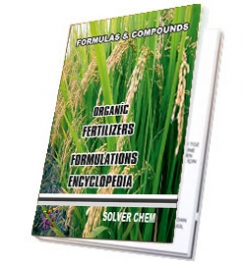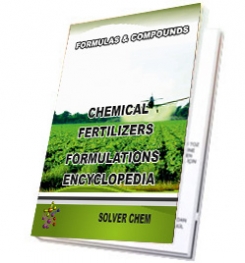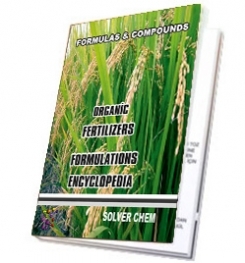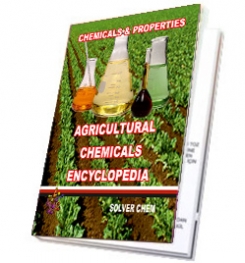Every farmer wants to get the maximum returns from his crop, while reducing his fertilizer costs. What is the best way to achieve that?
Crop yield is dependent on many factors, such as soil properties, irrigation, genetics, climate, cultural practices, pest and disease control and fertilizer application.
Research shows that fertilizers account for 30 to 50% of the yield. This significant contribution explains why many farmers believe that if they apply more fertilizers they would get higher yields.
However, this is not the case.
What is the relation between
fertilizer application and crop yield?
The relation between fertilizer application and potential yield is schematically described in the following curve:
This is the Yield Response to Fertilizer application curve. Such curves are drawn based on many field trials.
Explanation to the plot:
When no fertilizer is applied, yield is at its minimum.
At first, yield increases as fertilizer application rate increases (A), then yield reaches a maximum (B).
From this point on, any addition of extra fertilizer does not increase the yield (C).
When fertilizer application rates are too high, salinity damages and specific nutrient toxicities occur, and yield declines (D).
Because local conditions may vary significantly between one filed to the other, a curve that was drawn for a specific field would probably not be valid to another.
This means that the same crop will require different fertilizer application rates in different locations and at different times (for example, the potential maximum yield might change from year to year due to weather changes).
Therefore, to get best result you should be able to plan a fertilizer program that is specific to your field.
Using a general fertilizer recommendation is no more than a guess.
The best approach would be to use soil, plant and water analysis in order to adjust the fertilizer program according to the specific conditions in your field.

Limiting Factors
That Affect Crop Yield
The yield response curve we presented above shows how fertilizer application rates affect crop yield.
But, in fact, it is not only the total fertilizer application rate that affects crop yield, but also the specific application rate of each nutrient individually.
Therefore, an individual response curve can be drawn for each nutrient.
According to Leibig's Law of Minimum, crop yield is determined by the most limiting factor in the field.
This implies that if only one nutrient is deficient, yield will be limited, even if all other nutrients are available in adequate quantities.
The Right Fertilizer
Application Rates For
Optimal Economic Yield
A yield goal is the yield you hope to harvest. In order to be profitable, it is very important that you set a yield goal that is realistic and achievable and that you use the right tools and practices to achieve that goal. Furthermore, it is essential that you know what your optimal economic yield is.
You can determine the optimal economic yield by calculating the difference between the costs of fertilizers and the returns you get from your yield.
Increasing fertilizer application rates for getting more production might even result in loss. The fertilizer application rates for optimal economic yield are the rates which result in the maximum profit.



RELATED TAGS: MAKING LIQUID FERTILIZERS,LIQUID FOLIAR FERTILIZERS,PRODUCTION OF LIQUID FOLIAR FERTILIZERS,APPLICATION OF FERTILIZERS,APPLICATION RATES OF FERTILIZERS,PHOSPHOUS FERTILIZERS,NIRTOGEN FERTILIZERS,POTASSIUM FERTILIZERS,SOLID FERTILIZERS MANUFACTURING,HOW TO USE FERTILIZERS,HOW TO APPLY FERTILIZERS.
SOLVER CHEM

|
|

|
|

|
|
